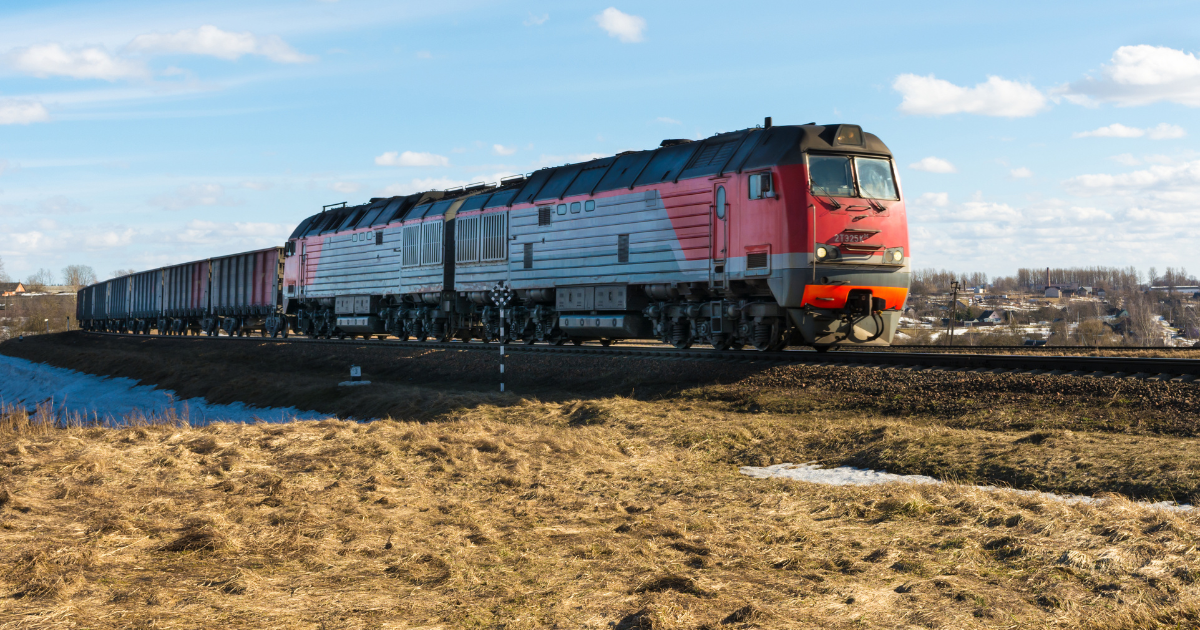Preparing for the Future of Communications
Posted by STI-CO® Antenna Solutions on 26th Jun 2023
From 3G to 7G: Antenna Innovations and the Future of Communications Technologies
We’ve all seen the constant progression of technology. The smartphones in our pockets have more power and capabilities that far exceed what was possible with PC technology in the 90s, far beyond what we could have imagined back then. Let's consider the extraordinary leap from 3G and 4G to today's 5G technology, which seemed revolutionary upon its introduction.
As you look toward advancements that 7G and similar technologies will unlock, it’s crucial to start planning and preparing for the future by leveraging STI-CO®’s innovations. With over five decades of experience in antenna manufacturing and engineering design, STI-CO® has a record of performance that exceeds expectations.
In this blog, we’ll dig into the real-world demands and legislation that shape technological advancements in antenna design. We’ll observe how antennas have changed over time, taking into account the unchanging principles and design constraints of physics that STI-CO® engineers must meet to design antennas for optimal operation.
What Drives Change in Antennas Manufacturing?
The fundamental physics principles remain constant. For VHF signals, an antenna mast of about 13 to 18 inches is required for a proper resonating frequency pattern. Physics determines this length because the wavelength of a VHF signal is approximately 2 meters, and the length of an antenna must be one-half of the wavelength to resonate.
Antenna design continues to improve with advancements in research and innovation and changes in frequency allocations. By applying the same physics principles to higher frequency allocations, antenna length can be reduced, resulting in a sleeker, more compact design that can be easily concealed.
Advancements in antenna design are driven by several factors, including:
- Research and development
- Legislation initiatives
- Technology and system capabilities
Response to Legislation Drives Changes in Technology
The need for increased rail transportation safety brought about legislation that led to advancements in radio communications technology.
According to the Positive Train Control Overview, as described on the U.S. Department of Transportation: Federal Railroad Administration website, “The Rail Safety Improvement Act of 2008 (RSIA) mandated the implementation of PTC systems on Class I railroads’ main lines.”
The primary goal of this legislation was to prevent train collisions, derailments at high speed, unauthorized train movement in designated work zones, and movement of trains resulting from switches left in the wrong position. These measures are put in place to reduce accidents and injuries.
To achieve these objectives, continuous and precise monitoring of train location is required. Real-time information sharing between trains, wayside devices, and the back office is essential. As explained by one of STI-CO’s engineers, the aim of the PTC Initiative was “essentially that everybody was transmitting and could communicate within that frequency range that was allocated for the railways.” This initiative created a safer and more effective communication system for the rail industry.
Rail Antenna Development Based on PTC Initiative Legislation
When the PTC Initiative began, STI-CO® immediately provided many of the 220 megahertz products and antennas needed for the market. Our engineering department quickly noticed that we could add more antennas to our existing products to supplement their capabilities.
STI-CO® gave customers innovative products that encompassed their primary PTC 220 megahertz antenna. Then, within the same bar or the LAN pattern provided, customers were also able to utilize multiple frequencies such as 700-800, GTS, 2.4 gig, and GPS further enhancing their communication capabilities.
“Our clients like to have plenty of options,” says our STI-CO® engineer.
Advanced Technological Capabilities Drive Design Innovation
Constant advancements are emerging, with the increase in the number of satellites and higher-powered, precision GPS units. As rail customers require new technology, he adds, “We incorporate some of the newest technology by either retrofitting existing builds they had in the field or developing it into new builds.”
While 5G was once considered the forefront of technology, STI-CO®’s current designs position themselves to go beyond that and prepare to support 7G and other upcoming changes.
STI-CO® takes pride in staying current with technological advancements and rapidly incorporating those innovations into rail antennas and other radio communications products.
Ultimately, “The capabilities of the system itself drive the need for a better antenna,” emphasizes STI-CO®’s engineering expert.
How have STI-CO® Engineers Overcome Challenges
Antenna systems designed for the rail industry and other types of communications are constantly improving. Legislative demands have encouraged STI-CO® engineers to find creative and innovative solutions to communication concerns, providing extended system capabilities.
In the past, even the idea of 3G or 5G was a considerable stretch. Today, STI-CO® has positioned itself to support 5G and is actively developing antennas for 7G.
What’s Next in Antenna Manufacturing?
The seeds of tomorrow’s innovations hold exciting possibilities for various sectors, including rail, military, and radio communications. STI-CO® stays current on industry developments through our participation at trade shows, conversations and visits with radio communications manufacturers, and ongoing discussions with users, installers, customers, and distributors. By maintaining this proactive approach, STI-CO® ensures its readiness to embrace emerging technologies and meet the evolving needs of its customers.
Summary
Technology is ever-evolving, and STI-CO® is constantly preparing for the future with high-quality antennas in rail communications and across the board. Recent 5G technology brings faster speeds for real-time monitoring processes, higher frequencies, high reliability, and low latency.
As you look toward communications designs for the future, making antennas and communications equipment faster, smaller, and smarter, STI-CO® is already there with solutions to keep you ahead of the pack with the latest technologies available.
Contact a STI-CO® engineer to discuss your unique communications challenges and help you start planning the future; call STI-CO® support at 866-307-8426, email sales@sti-co.com, or visit www.sti-co.com.



